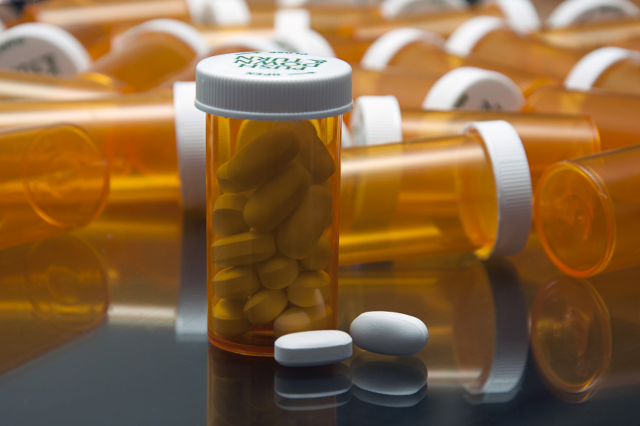Posted on February 16, 2016
It is the TGA’s preference that bioequivalence (BE) studies to support generic medicines are performed using the Australian (AU) innovator product as the reference; however, within certain TGA conditions, it is possible to use an overseas reference/innovator product in your BE study (or to put it another way, to use an overseas BE study that has not used the Australian innovator/reference product). In order to do this, sponsors are required to prove (with data) that the reference product used in the study and the AU innovator/reference product are ‘identical’ in terms of their qualitative and quantitative composition. This process is often referred to as ‘Essential Similarity’ or ‘Pharmaceutical Equivalency’ testing.
In order to consider whether this process is possible, the TGA have a list of exclusion criteria regarding the use this process. The key criteria are as follows:
- The reference product must be a conventional, immediate-release, oral dosage form (tablet, capsule or suspension) or an enteric-coated tablet or capsule formulation that releases the medicine promptly once the enteric coating has dissolved. (The approach may also be used for a locally acting medicine).
- The reference product must be registered in, and obtained from, a country with a regulatory system comparable to Australia.
Additionally, evidence is required that the drug substance has a well-described dose-response curve and does not exhibit:
- a narrow therapeutic range or safety margin (i.e. does not require careful dosage titration or patient monitoring)
- a steep dose-response relationship
- risk of serious undesired effects
- complicated or variable pharmacokinetics, such as:
- nonlinear pharmacokinetics
- variable or incomplete absorption
- an absorption window (i.e. site-specific absorption) or substantial (> 40 per cent) first-pass metabolism.
If these criteria are not met, it is recommended to discuss with the TGA to confirm if they will still accept the Essential Similarity approach.
If the criteria are met, then evidence can be compiled to justify that the overseas and Australian reference products are both qualitatively and quantitatively identical. The TGA have published a list of the items that they will expect to see to support an application however, the key item on the list is:
- Physicochemical evidence generated by an accredited laboratory demonstrating the overseas and Australian reference products are quantitatively identical
It should be noted that at least a draft report including all of the evidence to justify that the overseas and Australian reference products are identical will need to be included with the Presubmission Planning Form (PPF) at the start of the TGA registration process. This should be taken into account when planning your new generic medicine application in Australia.
Whilst there is a level of risk regarding whether the compiled evidence will be sufficient to convince the TGA that the overseas and Australian reference products are identical, using the Essential Similarity approach can provide substantial time and cost savings by avoiding the need to perform new BE studies.
This article was written by Tim Dow, one of our Regulatory Services managers.
Commercial Eyes has significant experience and an enviable track record of successfully assisting companies to use the Essential Similarity approach. Please contact our Regulatory Services team on +61 3 9251 0777 to discuss how we can assist you.
